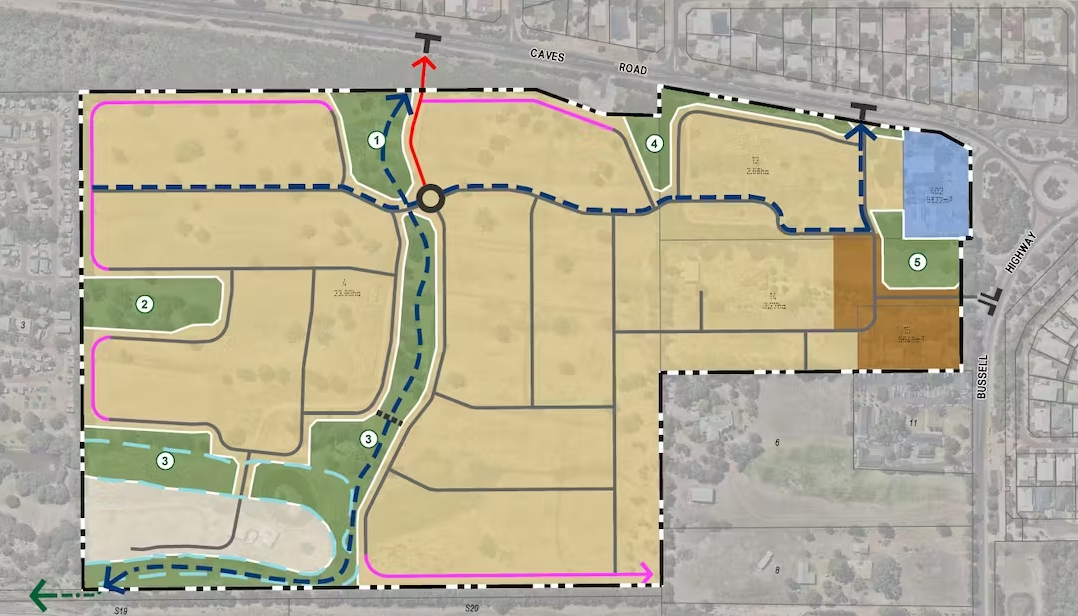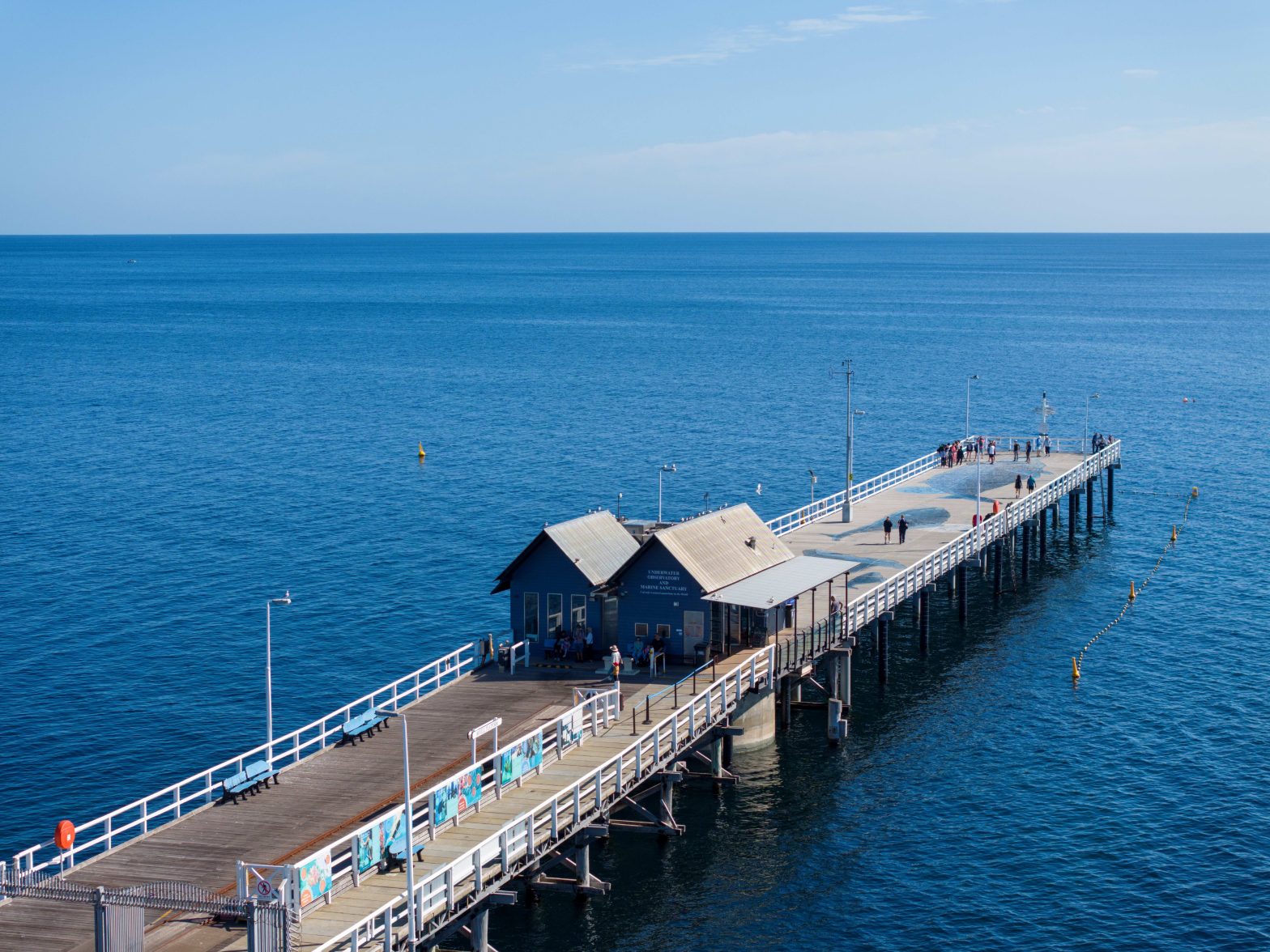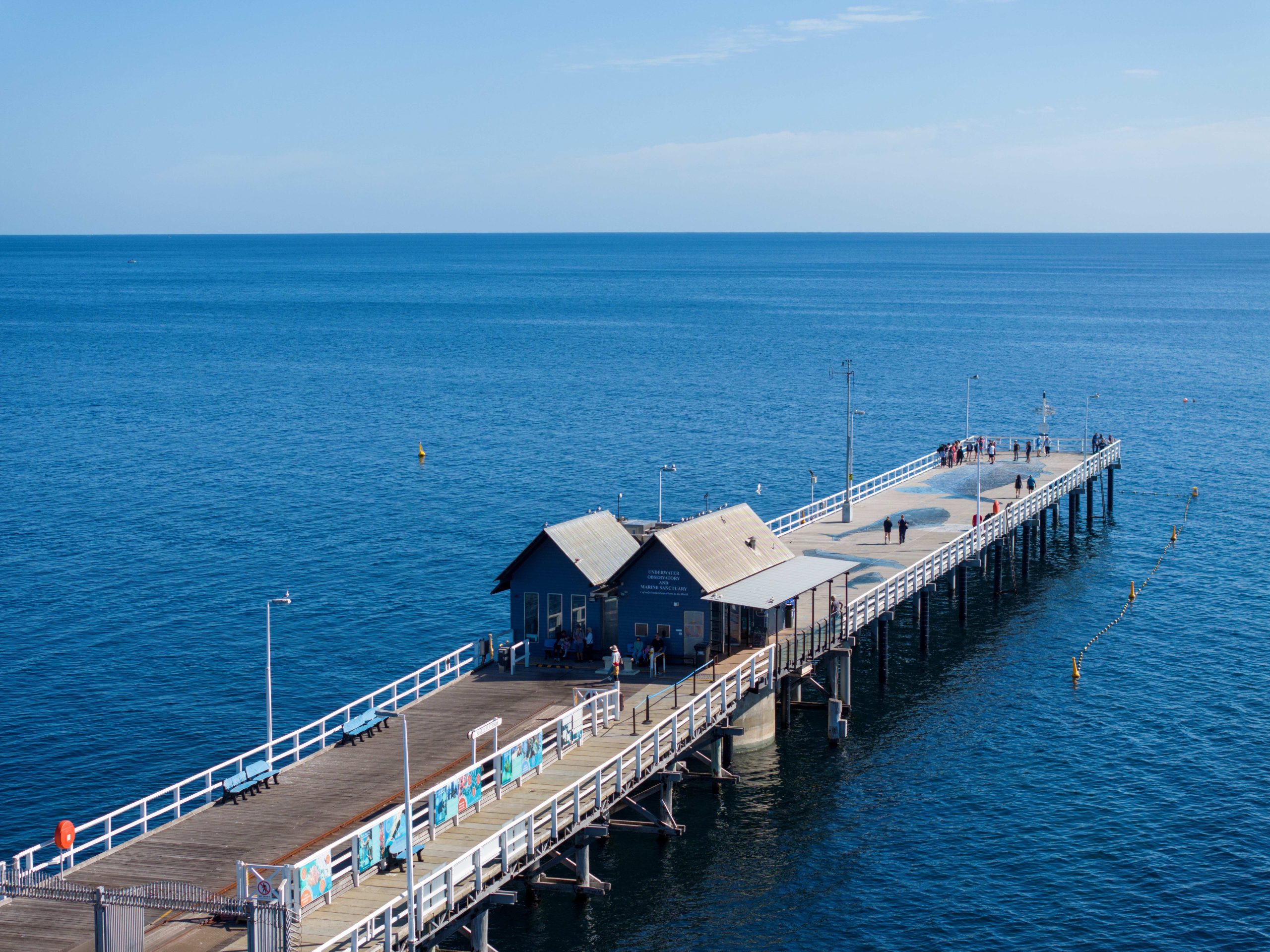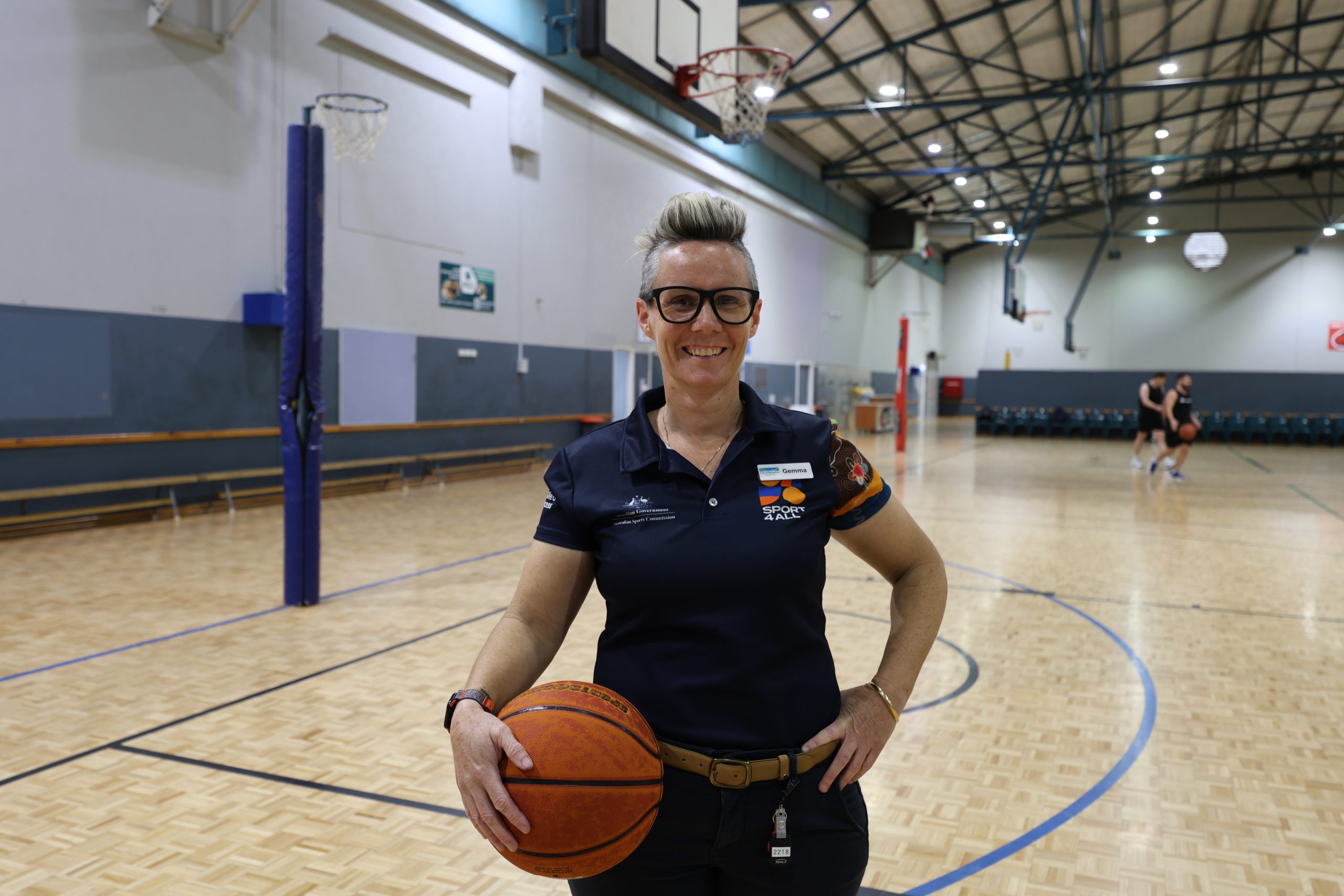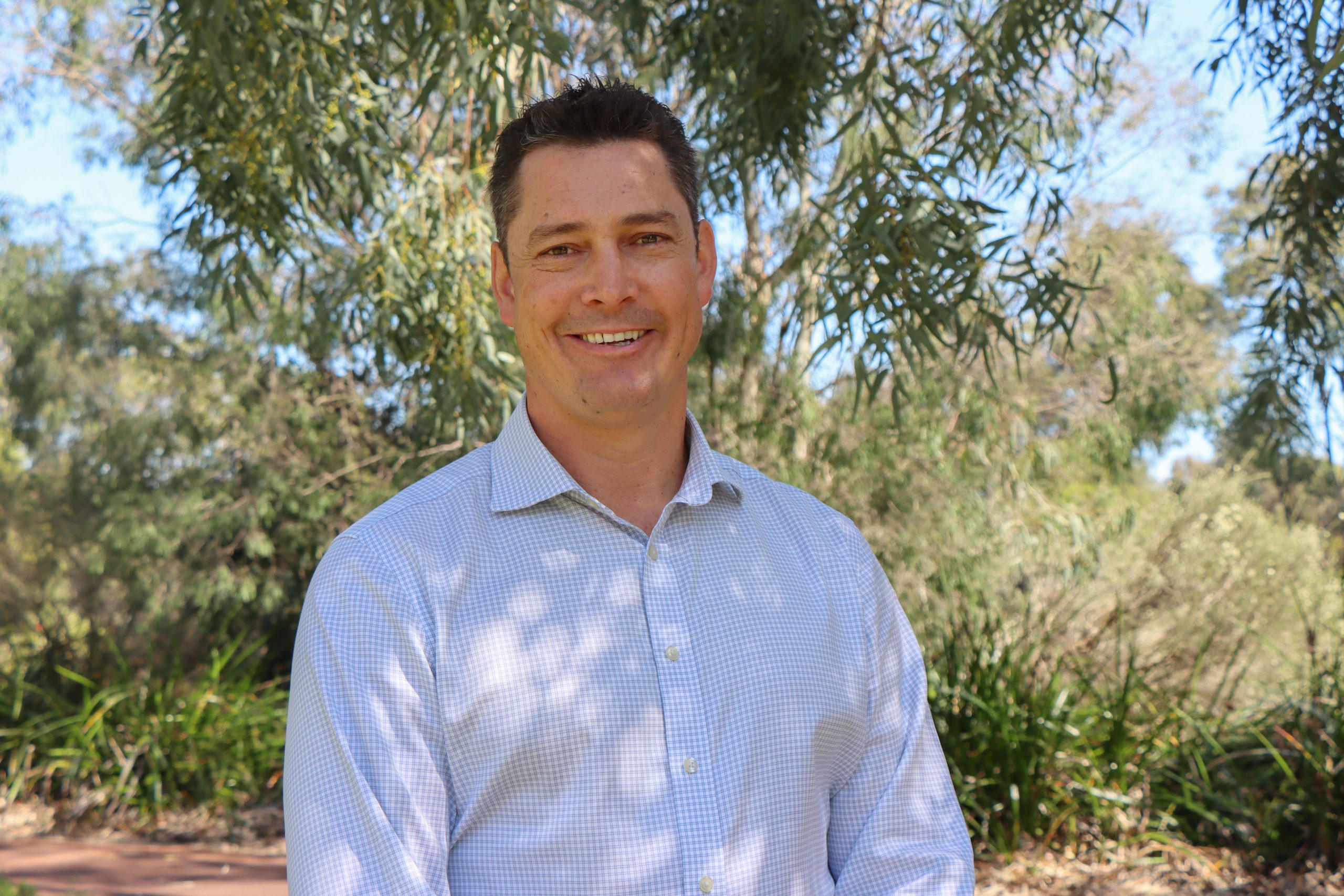Locals oppose Abbey South development
While everyone was watching the Matildas, a proposed development along Caves Road drew all the attention at the City of Busselton Council meeting on Wednesday night.
Concerned locals went head to head with developers in the council chambers in a bid to stop what they see as the over-development of their local area near Abbey, by turning a parcel of vacant farm land into effectively a new suburb.
428 residents signed a petition to make the City and developers go back to the drawing board. So what’s all the fuss about?
You’re my density
The opposition dives straight into technical terms for residential density, that is, how close the houses are together. The limits are defined by R-Codes, which say how many houses you can put on a Hectare of land.
The initial proposal appeared to call for R40 and R60 density, 40 to 60 houses per hectare respectively. It would’ve meant an additional 350 or more houses, housing upwards of 900 new residents in the area.
In a letter sent to Local Government Minister David Michael, seen by The Mail, the Abbey Precinct Development Concerned Residents group outlined their worry that such an increase in population would be a huge strain on infrastructure and the environment in the area which currently has a population of about 4000.
“This type of living does not fit in with the ambience of Abbey where there are large blocks and trees,” the letter reads.
However, it appears the developers agree. At the August council meeting, Cameron Leckey – Director of developer Rise Urban – spoke on behalf of the five separate land owners looking to develop the area. He said they had no intention to develop blocks to the higher densities.
“My clients have maintained that they have no intention of developing small lots at R40 or R60 density. Given the community’s concern with that density, and my clients’ lack of intention to develop at that density, we’re happy to put this to bed,” Mr Leckey said.
Councilor Kate Cox put forward a modified proposal to lower the density to a maximum of R40 in one part, with most of the development limited to the R20 – 30 range. The motion was supported by a majority vote.
“Keep this a nice lower density subdivision, and it will increase the amenity. It will slightly reduce the traffic, although there will still be traffic issues,” she said.
Crosstown traffic
Caves Road gets backed up at the best of times coming up to the Bussell Highway roundabout. Both the residents and Mr Leckey acknowledged that, especially during public holidays, it can mean streams of cars ducking down residential streets looking to skip the queue.
With the new development needing another intersection just 600 metres from the roundabout, traffic management was a hot topic at the meeting, with residents concerned the extra cars, and another intersection in the area will only make things worse.
Representatives for the residents, developers, and the City all spoke in opposition to a Main Roads plan to put in a 60 metre diameter roundabout, which would impact on not only the lot to be developed, but also houses on the other side of Caves Road.
A smaller roundabout has been tabled as an idea, and it is supported by City officers and Councilors, with Deputy Mayor Paul Carter saying he is “Comfortable with the advice we’ve received that a small roundabout will be just as safe as a two stage intersection.”
However, Mr Leckey expressed safety and cost concerns with the plan, and instead is asking for a T-intersection to be put in, which Rise Urban estimates to be about $1 million cheaper.
“Every single one of the crashes recorded in the local area over the last five years has occurred at Monaghans roundabout, not at the T-intersections on either side of it. Likewise the traffic queuing on Caves Road the locals are experiencing occurs because of the roundabout, not the T-intersections.
“A second roundabout, regardless of its size, will only shift and magnify the current problems, as well as creating new ones for Cuthbert St residents.
“The local residents have been pretty clear that this is a major concern for them, and who can blame them.”
Castles made of sand
It’s not just traffic from new residents causing concern. The farm land to be developed lies in a low area which residents described as a floodplain. To combat the risk of flooding, the developer is required to fill in the area with hundreds of thousands of cubic metres of sand, all of which needs to be brought in by truck.
The residents group estimated that 11700 semi truck trips would be needed, further clogging the busy area.
One member of the group, Bill Kilner, said he expected the Abbey residents to be consulted on the plan, but hadn’t heard anything from the City.
However, Mayor Grant Henley said that the City had little control of the movement of the infill sand, because it is slated to come from outside City boundaries.
“If the movement emanates from Scott River then it’s outside the City. If it’s outside the City of Busselton in the extraction then we have no control over that through the development application process,” Mr Henley said.
“I understand with this development, and I’ve seen a topographical map of this area, it’s actually reasonably high in relation to other areas such as Vasse North, which certainly we would argue would require more fill.”
What now?
With council supporting a motion to go ahead with the development at a lower density, the ball is now in the court of the WA Planning Commission, which will take the advice offered by the City, but ultimately has final say on if and how the land is developed.
While these things tend to move at a snails pace, some councilors said they expect the relatively low size of the area will mean the approval process could go though quicker than usual.

